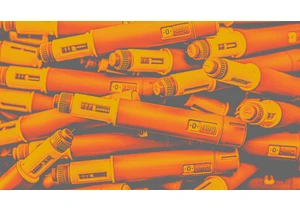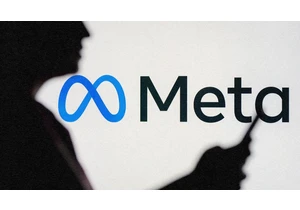Nike is currently dealing with an overwhelming surplus of stock. In a call with analysts last week, the company announced that its inventory had grown by 65% in the first quarter. Chief financial officer Matt Friend said on September 30 that Nike would take “decisive action” by heavily discounting this merchandise and offloading it at discount chains like TJ Maxx. But flooding the market with dirt-cheap goods isn’t the best look for Nike because it makes its products seem less high quality. In fact, the news prompted Nike’s stock price to plummet.
This glut of shoes and clothescomes at a time when Nike has stopped partnering with many third-party retailers, from neighborhood shoe stores to DSW and Amazon. Nike launched in 1964 and became a retail giant thanks to its enormous distribution network. In its early years, small, independent sneaker stores helped cultivate the brand’s popularity and get sneakerheads excited about new shoe drops.
But during the pandemic, when many of its retail partners canceled orders, Nike decided to end many of these deals and focus on selling through its own distribution channels, investing heavily in its apps and in technologies like buy online, pickup in store. As we reported at the time, this allowed Nike to make double the profits over selling through a wholesaler. (Nike does continue to sell through a smaller group of traditional retailers like Foot Locker and Dick’s Sporting Goods, but it has cut ties with many others.)
Nike is far from alone in having too much inventory: Retailers, including Gap and Walmart, are in the same boat. It’s been very hard for apparel and footwear brands to calibrate supply and demand with so many logistical challenges, from shipping containers stuck at ports to shuttered factories. In Nike’s case, CEO John Donahoe explained that factories in Vietnam and Indonesia had closed for long stretches last year because of COVID-19 outbreaks. As a result, products for spring, summer, and fall of this year arrived late. Meanwhile, orders for the holiday season arrived earlier than expected, and even more products are expected to arrive soon. Since it costs money to store goods at warehouses, Nike is now trying to get rid of this inventory through deep discounts, starting with products made earliest.
When the economy is good and the supply chain is working properly, the direct-to-consumer approach makes a lot of sense. Indeed, this is why so many DTC brands popped up over the past decade: Pioneers like Warby Parker and Everlane argued that they could sell better quality products at lower prices because there were no middleman markups, and the brands could better control the consumers’ experience. But over the years, many DTC startups have realized the limitations of selling entirely through their own channels. Glossier now sells through Sephora. Allbirds sells through Nordstrom. Casper sells through Target.
But when Nike needs to sell enormous quantities of sweatpants and sneakers, a greater number of third-party retailers would be helpful. While the stores probably would have to discount merchandise, given the volume of products on the market, they would be motivated to move inventory at the highest possible prices in order to keep as much of the margin for themselves. Nike hasn’t said whether this current inventory crisis will prompt it to rethink its retail strategy and expand its network of third-party retailers.
But one thing’s for sure: If you’re looking for some new Nike gear at a bargain, you would do well to check out new arrivals at your local TJ Maxx.
Login to add comment
Other posts in this group

Every now and then, you run into a tool that truly wows you.
It’s rare—especially nowadays, when everyone and their cousin is coming out with overhyped AI-centric codswallop tha

Tesla released its quarterly earnings report on Tuesday, its first since the company’s chief executive, Elon Musk, took up residence in the Trump White House and immediately began trying to fire f

There’s never a dull day in the world of weight-loss medication. This week brought new restrictions on compounded GLP-1 medication, the cheaper, copycat versions of brand-name drugs that tel

In December 2023, I wrote an article exploring Apple CEO Tim Cook’s most likely successors, because t

“Meta profits, kids pay the price,” was the message delivered by dozens of grieving families at the doors of Meta’s Manhattan office on Thursday.
Forty-five families traveled from

The world’s auto industry is getting a shake-up from Chinese automakers that

There’s Blue Sky and then there’s Bluesky.
Blue Sky, a paper goods company
